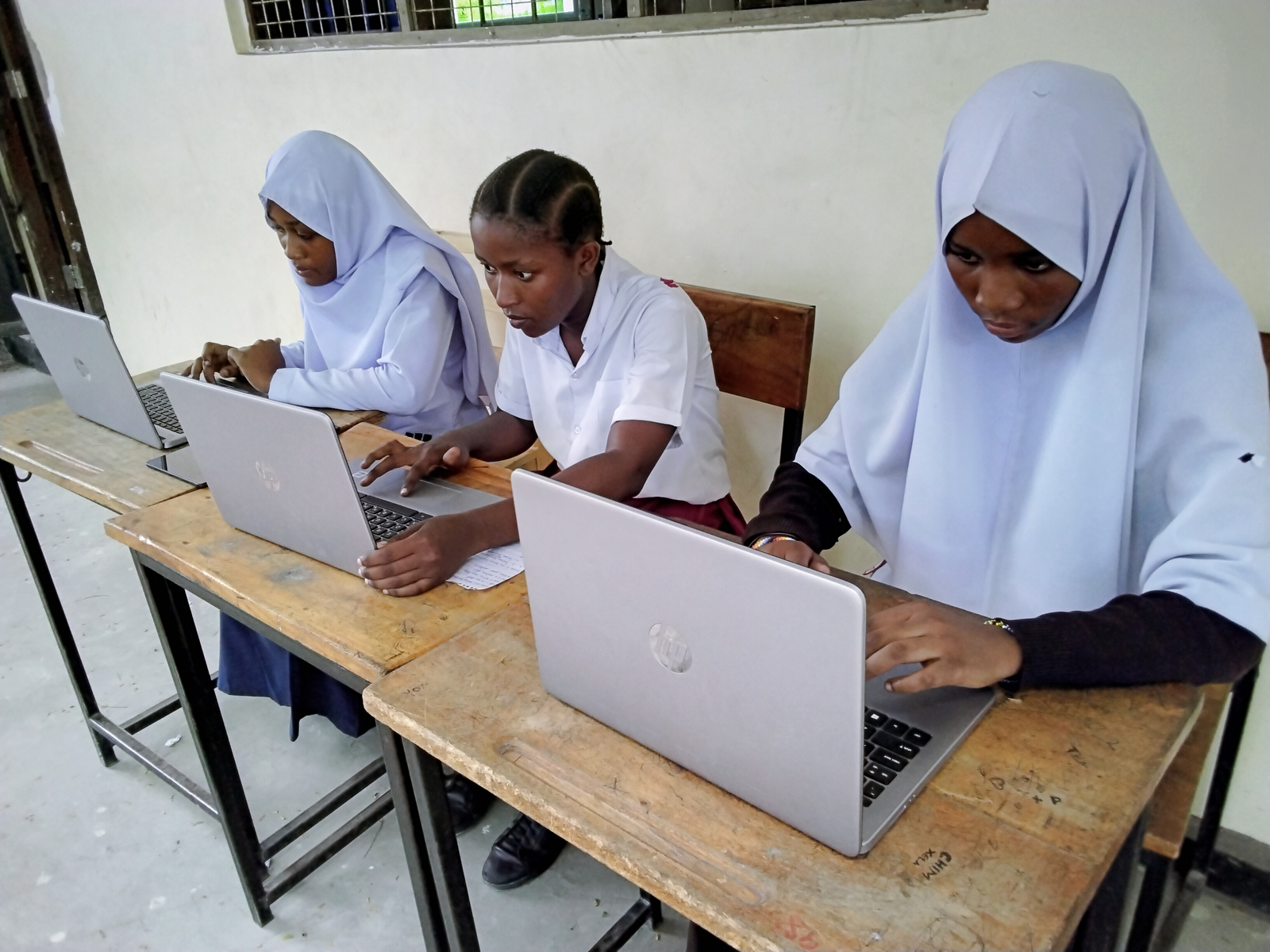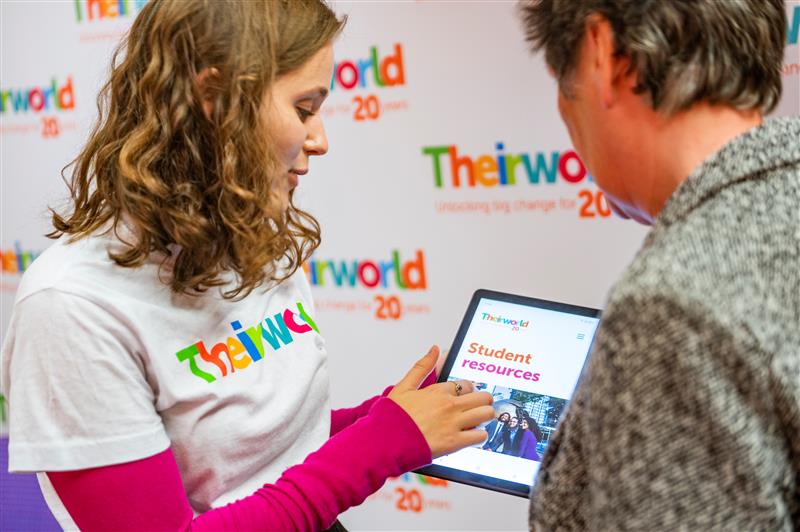
One in five rural Pakistani children out of school and the rest ‘are not learning much’
Barriers to education, Education funding, Girls' education, Right to education, Teachers and learning
A report has found huge numbers of children are struggling to read or do simple sums - with girls and those from the poorest communities being left furthest behind.
An annual report on the state of education in rural Pakistan is out. And the verdict is: must do better. A lot better.
19% of children aged five to 16 are out of school – and those who are getting lessons every day “are not learning much either”.
That’s the damning opinion of the ASER (Annual Status of Education Report) Pakistan 2016 national survey, which was published this week by the education trust Idara-e-Taleem-o-Aagahi.
Its CEO Baela Raza Jamil said: “The most critical of assets for any country are its human resources and Pakistan has these in abundance. Sadly its learning needs remain far from met.
“Each year ASER Pakistan informs us that learning is the most unresolved area of attention. Yes, the very same learning agenda which lies at the heart of the education … and is often seen as an enabling equaliser. And yet for generations it remains an ever-elusive goal in Pakistan.”
Seven years ago, laws were passed across the country which meant every child aged five to 16 had to be given a free, quality education. But more than 22 million children and youth in that age group are still out of school in Pakistan.
This is the seventh ASER, which is managed by Idara-e-Taleem-o-Aagahi (ITA) in partnership with many key civil society and other organisations. Its 10,000 volunteers visited 4205 villages in 144 districts to gather information from 83,324 households.
Here are some of the new report’s alarming findings.
- 19% of children (8% boys, 11% girls) aged six to 16 are still out of school.
- “The remaining 81% are not learning much either,” says the report.
- Of those in education, 74% are in government schools and 26% in private schools.
- The highest school enrolment is in Azad, Jammu and Kashmir province with 97% – the lowest is Balochistan with 65%.
- 36% of children aged three to five are enrolled in preschools. Of those, 63% are in government schools and 37% in private schools.
In Class 5 – the fifth year of elementary education – the report found that 48%% cannot read a story in Urdu, Sindhi or Pashto. 54% are unable to read sentences in English and 52% fail to do two-digit divisions.
Boys age five to 16 outperform girls in three main competencies. 44% of boys and 36% of girls can do subtractions; 43% of boys and 36% of girls can read sentences in Urdu, Sindhi or Pashto; and 44% of boys and 33% of girls can read words in English.
Children in private schools do significantly better at these competencies – an average of 65% for each one, compared with 44% in government schools.
Among the poorest communities, 54% of girls are out of school compared with 33% of boys.
“The poorest always suffer and amongst them girls suffer the most – even within the same income bracket,” said Jamil.
Sehar Saeed, Program Head of ASER Pakistan, said: “The current education status of Pakistan as demonstrated by ASER 2016 clearly sheds light on how disparities created by differences in wealth status are jeopardising the future of millions of children.
“Education is at risk, requiring targeted action and a focus on access to equitable quality education and learning for all. If our objective is to educate all children, we need to challenge the existing differences and divisions in order to provide equal set of opportunities to all children of the society.”
Among the other findings were:
- 52% of children’s fathers and 30% of mothers had completed primary education.
- On the day of the survey, 13% of teachers and 17% of students were absent from government schools.
- 40% of government primary schools did not have useable water and only 46% do not have useable toilets.
- 68% of households have a mobile phone but only 16% have a computer or laptop.
More news

